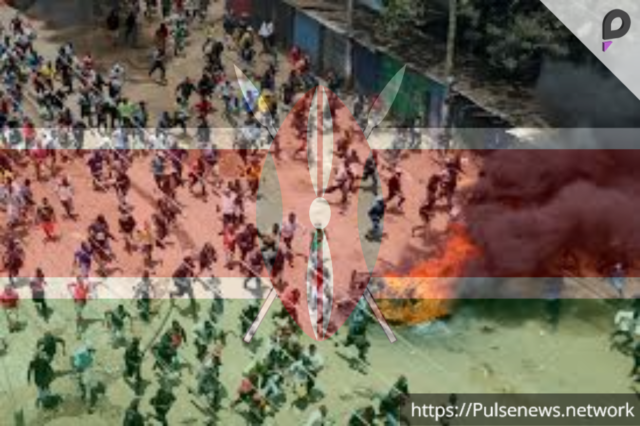Nairobi: Reports of alleged police misconduct during Kenya‘s anti-government protests have surfaced, suggesting that authorities may have covered up fatalities by misreporting causes of death. Autopsy findings, witness testimonies, and discrepancies in official records raise concerns about the handling of protest-related casualties.
According to Reuters
Key Cases of Misreported Deaths
- Charles Owino (19): Killed by a gunshot to the head during July protests near Nairobi, his death was logged by police as a road accident.The autopsy report revealed a fatal gunshot wound, contradicting the initial claim.
- Shaquille Obienge (21): Shot in the neck during the same protests, police initially attributed his death to a road accident. Autopsy findings confirmed he died from a gunshot at close range.
- Kepher Odiwuor Ouma (24): Taken into custody during a protest, Ouma was reportedly beaten unconscious. His death was recorded as “mob justice,” but witnesses allege police involvement.
- Denzel Omondi: Found in a pool of water days after his disappearance, his death was logged as drowning despite autopsy findings of injuries suggesting foul play.
Evidence of a Cover-Up
Kenyan morgue records often reflect causes of death provided by police. During the protests, many fatalities were logged as “mob justice” or “road accidents,” even when autopsy findings indicated gunshot wounds or blunt force trauma. A review of morgue records revealed inconsistencies, with only nine gunshot deaths recorded between June and September, despite widespread reports of police firing live rounds during demonstrations.
Police Denials and Rights Groups’ Accusations
The National Police Service has denied allegations of misconduct, while Kenya’s Independent Policing Oversight Authority (IPOA) stated it is investigating complaints of unlawful arrests and disappearances. Rights groups, including Amnesty International, have accused Kenyan authorities of systemic cover-ups to obscure the scale of police brutality.
Protest Clampdown and Missing Persons
The protests, driven by opposition to tax hikes and corruption, saw police allegedly targeting protest leaders for abduction and detention. Activists and protesters described being abducted, beaten, and pressured to work as informants. The Kenya National Commission on Human Rights documented a sharp increase in enforced disappearances during the protests, with 29 individuals still unaccounted for.
Implications for Kenya’s Democracy
The alleged police cover-up has cast a shadow over Kenya’s commitment to human rights and rule of law. Critics argue that the government’s failure to hold law enforcement accountable undermines public trust and exacerbates tensions between citizens and authorities.
As investigations continue, human rights organizations are urging transparency and justice for victims. The unfolding revelations highlight the need for systemic reforms to prevent future abuses and ensure accountability within Kenya’s security forces.











